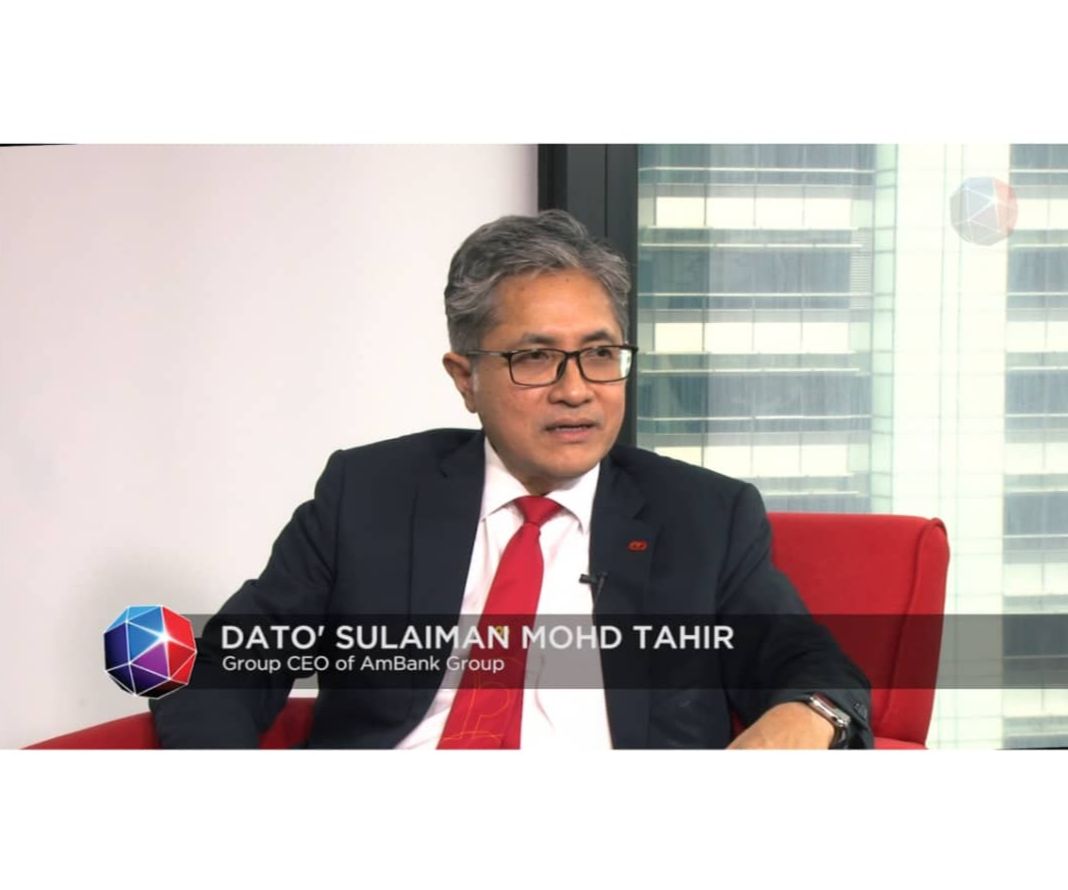Happiness At Work And In Life: Can I Have Both?

In my father’s generation, words like “engagement” and “aspiration” were foreign because the overriding motivation for turning up at work was to “make a living”.
However, in today’s generation – “living” is no longer an issue and concern because the workforce of today generally have enough to eat and their basic necessities are met (largely due to their parents’ hard work).
In fact, if these privileged ones were to lose their job today, there is no need to be alarmed because there is a parenting-safety net which catches them should they ever become destitute.
While the generation of yesteryear is happy to have a job that makes ends meet, the generation of today is looking for a job that meets their end. To them, it is not a question of either or, rather it is a question of ‘can I have this and that?’
You can almost feel this hunger to progress as high as you can, as fast as you can. It is not just about getting to where you want to but how to get there faster, and stay personally motivated at the same time.
In other words, ‘I want to have a happy job, a happy life (and for those who are married – a happy spouse as well)’ – all at the same time!
Here is the all-important question: Can I have both a happy job and a happy life as well?
The quick answer is “No”
The single goal of any company is profitability and every job that is offered in the organisation has that one aim as well – every employee is to perform at his or her best for the sake of the company’s vision.
If you want a life, it is imperative you do a good job, first.
A satisfying life is gained when one is able to lock in the “flying hours” – you have to prove your worth by sheer grit and determination.
As one CEO (chief executive officer) puts it:
“When I am looking to promote someone, I am looking for someone who is already acting like a manager but not paid like one yet.”
Be prepared to go through the school of hard knocks and do not expect many happy moments along the way because experience is the best teacher for success.
The verdict: You can only have satisfaction in life after you have put in the necessary sacrifice in your job. No pain, no gain.
The deeper answer is “Yes”
While profitability is the rightful goal of any organisation, more organisations are now looking for sustainable profitability.
For companies that are growing, the quest is not only to hire the right talent but to ensure that the existing talent stays.
Hiring is only one part of the talent equation while the greater return is always the step to leverage on the current employee potential.
This strategy of leveraging on the talent potential of every employee is called a culture of engagement.
Gallup reports (interview with over 10 million executives worldwide across different industries) that an employee who has the opportunity to do what he or she does best every day is six times more engaged and three times as likely to report having an excellent quality of life in general.
So, from a leadership science perspective, it is possible to have both job and life satisfaction but it requires a lot more upfront investment in terms of talent identification.
Talent identification is not to be confused with training needs analysis because it is a customised approach.
While training needs analysis looks at the skills development requirements, talent identification begins with the person not as an employee with a job description, rather it treats the person as an individual first, i.e. let’s find out who you are first before we decide on what you should do.
The key to leveraging on someone’s potential is not to talent-manage by comparison, rather it is talent management by clarity.
Satisfaction guaranteed
Here’s the principle to ensuring that satisfaction at work and in life happens simultaneously: focus on your strengths, while managing your weakness.
In the context of what we are discussing, strengths is not a job skill or functional competency. It is a description of how one naturally thinks, behaves and feels.
In other words, it is a descriptor of someone’s soul rather than his/her role. It taps into someone’s aspiration rather than just focusing on his/her action.
How does it look like when someone is operating from a position of strengths?
- He/She takes ownership on what needs to be done without having to be micromanaged.
- He/She goes the extra mile and contributes willingly towards excellence.
- He/She is an energy-giver and is constantly on a look-out to contribute creative ideas.
- He/She possesses a sense of self-confidence in his/her unique talents.
- He/She performs exceptionally well and is constantly pushing for greater achievements.
The key to identifying one’s strengths begins with the need for a systematic and reliable language by which a person is able to articulate the state of his/her soul.
While there are those who have the natural ability to be articulate in terms of expressing their state of self-awareness, a standardised framework will be useful for the purpose of collaboration and career development.
In short, happiness at both work and life is not possible unless we have a language that can describe how happiness looks like.
However, happiness takes on different forms by different people because each one of us is wired and motivated differently – that is the challenge of human capital development.
In this respect, I would recommend a tool that is backed by more than five decades of research and has been administered to over 11 million individuals to date – it is called the Clifton StrengthsFinder (www.gallupstrengthscenter.com).
The benefit of using such a tool is that it begins by seeking to establish alignment between one’s personal motivation and work-based performance measurement criteria.
The greater the overlap between personal motivation and performance measurement, the greater the likelihood of achieving happiness at work and in life, at the same time.
Concluding thoughts
The verdict: You can have it both – happiness at work and in life. However, you need to be very intentional to define first your unique talents and be deliberate in creating opportunities for you to express your strengths on a daily basis.
Joseph Tan is the CEO of Leaderonomics Center of Engagement Excellence and is passionate about ensuring all Malaysian employees are fully engaged in their work and with their organisation. You can email him at people@leaderonomics.com for more details.
Published in English daily The Star, Malaysia, 7 February 2015
Leadership
Tags: Personal Growth





